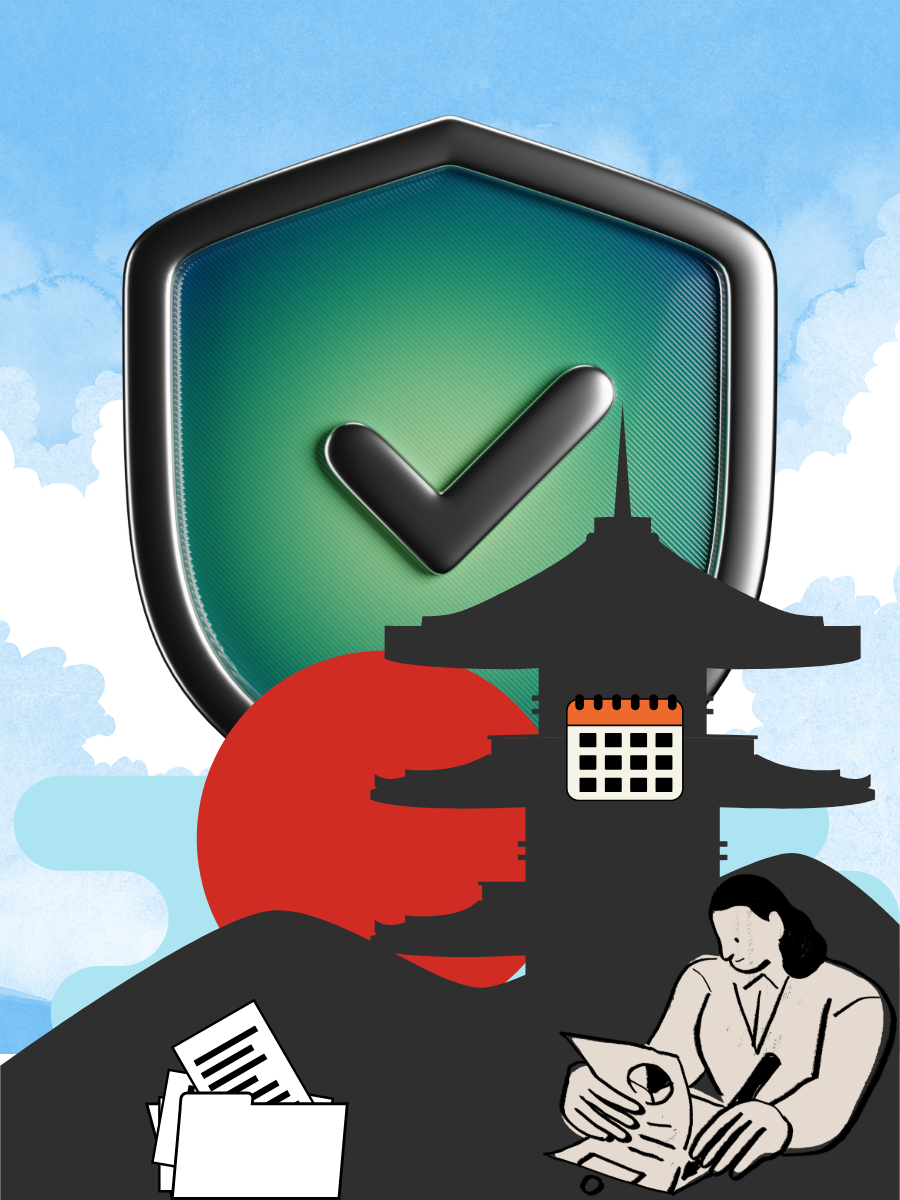Introduction
With the world becoming more interconnected, brand protection has become one of the most important pieces of business strategy today. Moreover, from IP theft to hacking, the trademark traps in China poses a serious concern for global companies. Consequently, China’s long-term economic growth depends on protecting your IP. With that in mind, it remains the largest consumer market and one of the biggest manufacturing hubs in the world. If you’re a businessperson, entrepreneur, or run (or aspire to run) a multinational, getting a trademark in China should be the first thing on your list.
Why is Trademark so important in China?
- Trademark Application is based on the ‘first to file’ rule: China differs from numerous countries that follow a ‘first-to-use’ policy. China would not consider brand reputation or prior use of a trademark; the first party to file a document at their office gets sole ownership of the name. It could prevent you from using the brand name entirely if someone gets a trademark application with your brand name long before you start your business in China.
- Trademark Registration Squatting is common: Many individuals intentionally set up businesses to register famous foreign trademarks and sell them at a premium. This practice, widely known as ‘trademark squatting,’ makes it extremely difficult for business owners to reclaim their brand names in China due to high demand and low credibility. Many companies outside of China, including Apple and Tesla, have had very expensive legal disputes with China to regain their trademarks.
- Enforcement requires registration: You don’t have anything to enforce in China as far as trademark rights unless you have a trademark registered in China through the China National Intellectual Property Administration (CNIPA). You cannot prevent imaginary unauthorised counterfeiting or re-selling without a trademark registration fun in the sun. Get protected now.
What types of trademarks can be registered in China?
Before you file, however, it’s helpful to know which marks can be registered:
- Word Marks (e.g. Coca Cola)
- Image /Logo Marks
- United Marks (words and design)
- Three Dimensional Marks
- Sound Marks
- Collective and Certification Trademarks
Most of the international applicants start with a wordmark or logo.
Step 1 of Trademark Filing Process: Conduct a Trademark Search:
As with any other trademark application, it is recommended to conduct a comprehensive mark search in CNIPA’s database to identify marks that are identical or similar before filing. This minimizes the chances of facing opposition or rejection.
Step 2 of Trademark Filing Process: Define The Classes, Goods /Services:
China follows the Nice Classification System which has a total of 45 classes, 34 for goods and 11 for services. However, CNIPA requires a detailed subclass selection under each class. You are required to describe the goods/services in detail according to China’s subclassification system.
As an example: Subclass 25 contains apparel, though you must identify if you mean footwear, headwear, handwear, etc.
Failure to get the subclass selections right can greatly reduce the scope of the protection provided.
Step 3 of Trademark Filing Process: Assemble relevant application materials:
To apply for a trademark in China, the following needs to be prepared.
For corporate entities—
- Registration business certificate of the company (with translation in Chinese)
- Power of Attorney (if represented by an agent)
- Trademark representation (as an image or written word)
- A detailed list of goods and/or services alongside their respective international trademark classes.
For individuals—
- Copy of the passport which is not expired
- Translation of the name into Chinese
- Power of Attorney
Note: Foreign applicants are required to work with a local trademark agency based in China. Direct applications to the CNIPA are not accepted without a physical address in China.
Step 4 of Trademark Filing Process: Submission of the Application to CNIPA:
Upon completion of the required processes, the local agent will submit the application to CNIPA.
Issuance of the following will be made—
- An application receipt that confirms the submission
- A filing number
- A submission date
Step 5 of Trademark Filing Process: Review Stage:
The examination phase usually goes through the following stages:
- Formal check (1-2 months): Assessment if all required documents were provided and all set parameters were followed
- Substantive check (6-9 months): Evaluation of all documents to ensure no traces of previous marks exist, including checks on the overly generic nature of the proposed trademark.
Step 6 of Trademark Filing Process: Publishing and pending opposition period:
If the trademark clears the examination process, CNIPA publishes it in the Trademarks Gazette and offers a three-month opposition period after publication. During this period, anyone can oppose the mark based on it being theirs and infringing their rights.
Step 7 of Trademark Filing Process: Registration and Certificate:
If no one files a successful opposition, CNIPA issues the applicant a Trademark Registration Certificate, officially protecting the mark in China.
Duration and Renewal
The period of validity of a trademark is 10 years from the date of its registration.
You can renew the trademark perpetually, each time for an additional 10 years. You may apply for renewal up to 12 months before expiry and within a 6-month grace period after expiration, with an additional fee.
Cost of Filing a Trademark in China
The fees differ depending on the number of classes and the use of a law firm or an agent.
Offered below is a rough estimate (in USD $)
- The official fee of CNIPA (per class) ~$50-100
- Agent or Lawyer fee (per class) ~$300-600
- Subclass fee ~$50 per subclass (under certain conditions) Costs rise accordingly if filing for registration in multiple classes.
Mistakes and How to Prevent Them
- Failing to File a Chinese Translation of Your Trademark” Your brand might not have recognition value in China. To avoid trademark infringement, it is best to register a Chinese version of your brand, either by transliteration or Common by meaning.
- Ignoring Subclasses: Not identifying the proper subclasses may leave your mark vulnerable in crucial product areas. Consult with a Chinese trademark lawyer to ensure all aspects are covered especially because missing subclass details is another one of the silent trademark traps in China often sets for new entrants.
- Filing Late: Your risk increases with a delay in filing. Someone else may register your mark before that. As discussed earlier, you should file as soon as you intend to enter the Chinese market, or even before that.
- Trademark Grabbers and Registrations in Bad Faith: If someone else has registered your name in China, you can actually, purchase the mark (at a premium), and begin cancellation/invalidation proceedings
One way you can try to combat this is to register early.
Enforcement of a China Trademark Registration
Once you register your mark, no one else can use that mark on those goods in China. You can take action on infringement by:
- Sending out ‘cease and desist’ letters
- Reporting to their hosts (Alibaba, JD, etc.)
- In brief Administrative measures with the CNIPA
- Initiating civil suit in Chinese court
- Starting criminal in serious cases of counterfeiting.
Do I Need To Hire a Trademark Agent?
Yes, without a doubt. A local specialised representative can—
- Walk you through subclass selection
- Translate your mark suitably
- Engage examination office actions or oppositions.
Industry Filing Under the Madrid System
WIPO also allows you to register your trademark in China through the Madrid Protocol. This option differs in that one application can be made for many countries at once.
Pros:
- Registering in multiple countries is more affordable.
Cons:
- Not enough accuracy for subclass listing (Vague goods/services descriptions will likely be rejected by the CNIPA).
- Rejection notices, more often than not, require local agents anyway. For China, direct filing tends to be stronger, especially for novice applicants.
Concluding Trademark Traps in China
A trademark in China is critical for businesses that plan to enter the market or begin manufacturing. However, trademark traps China presents like squatting, subclass confusion, and the rigid first-to-file rule can derail even the most prepared brands. Active brand management in China is complex, but with a strategic approach, you can avoid the trademark traps China is known for and safeguard your IP effectively. If you’re planning to move into the Chinese market, don’t wait. Engage a local IP expert early to secure your trademark and protect one of your most valuable business assets.
References
- Wall, A. M. (2006). Intellectual property protection in China: enforcing trademark rights. Marq. Sports L. Rev., 17, 341.
- Li, N. (2019). Practical Tips for Trademark Protection in China. Landslide, 12, 25. Wall, A. M. (2006). Intellectual property protection in China: enforcing trademark rights. Marq. Sports L. Rev., 17, 341.
- Zhou, J. J. (2001). Trademark law and enforcement in China: A transnational perspective. Wis. Int’l LJ, 20, 415.
- Dawid, H. (1980). Trademark Protection in the People’s Republic of China.
- Denv. J. Int’l L. & Pol’y, 9, 217.







